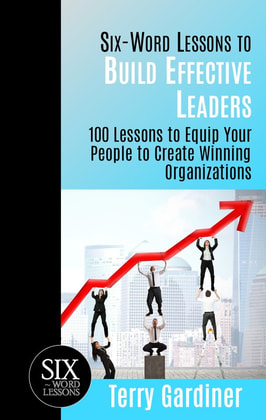 The Ideal Group Size is Seven Seven is the ideal number of people for groups to problem solve, find creative solutions, build a strategic plan or grapple with complex challenges. If groups are formed for other purposes such as building consensus, representing diverse communities or governing, these concepts may not apply. Too Small If a group is too small it will have many deficiencies. A small group will lack diversity of opinions, observations, life experiences and reactions which will reduce the group’s effectiveness. Small groups of 2-4 may lack team attributes, devolve into pairing off or someone feeling left out. A small group can be stampeded more easily by one person’s personality or forcefulness. In a small group, two people having similar views can have an overpowering effect on the group output simply by numbers, not because of the quality of the idea. A larger group can balance out these deficiencies and produce a more objective work product. Too Large As a group gets too large in the 9-12 region group dynamics deteriorate. Meetings get longer and each person has less time to contribute. This leads to many potential pitfalls; boring meetings, members not paying full attention, noisy meetings and ultimately lack of attendance. In large groups many participants will feel not enough “attention” is given to their opinions and input. Aggressive personalities will feel the need to assert themselves to get their share of limited time. Passive personalities will hold back and not contribute equally as the meeting becomes time constrained. Dissatisfaction of members with the group dynamics, output or effectiveness will lead to a downward spiral of diminished group performance. Balance The closer the group size is to seven the easier it will be to achieve the balance needed to create a highly effective group. Creative synergy is the goal. This happens when group members throw their ideas on the table and others are stimulated and react to that idea, spawning another idea or view. The goal is to create a positive feedback loop of contribution of each member so that the individual members feel energized about their contribution. When this cycle occurs each individual contribution is a building block to a bigger and better final product built by the entire group. Another objective of the balanced group is making fewer mistakes. This happens because the diversity of opinion allows more facets of a problem and proposed solution to be seen and vetted. There is a high value in diversity of life experiences. Just when the group feels they have solved the problem or found the ideal solution, one lone member will catch the flaw that others missed in their excitement. Characteristics of a Team A balanced group size has all members actively participating and sharing their questions, observations and ideas. An effective group evolves when members see themselves as a team, and value the output of the group and identify with the group with pride. Political and Governing Bodies On the surface the “group of seven” may not seem to apply to the corporate board room or elected government bodies. But digging deeper to the level of doing work, solving problems, creating solutions and developing strategic plans we can see that people and systems have gravitated to smaller groups in an effort to get the larger organization to efficiently and effectively function. Larger groups are the rule in the world of elected politics and governing bodies in the private and government sector. Most business within these larger bodies is conducted by committees. Meetings of the full group are not utilized to problem solve or fashion solutions. Boards have executive committees. Legislative bodies have committees and fragment further into subcommittees to get the “work” done. Informal structures develop additionally to perform functions the entire group is inefficient at conducting. One Reason it Matters Problems are created when people insist on designing and empowering very large groups to solve problems. The confusion comes from the focus on having all interest groups or stakeholders represented which is a laudable goal. After a very large council, commission or committee is formed it becomes evident the “work” cannot get done efficiently. At that point a methodology has to be constructed to work around the dysfunctionality of the 25 member group. Other Group Sizes Several groups recommending team or group size:
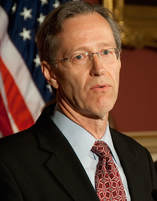 Terry Gardiner is the founder of the Best Practices Wiki, a free public repository of best practices for small businesses and nonprofits. He has four decades of hands-on leadership, management and organizational growth experience in business, government and nonprofits. He is the author of Six-Word Lessons to Build Effective Leaders.
0 Comments
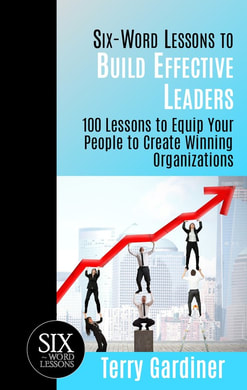 See these five crucial tenets every leader must communicate throughout the organization to ensure success: Communicate the Mission - People are motivated very strongly by a vision and mission. They want purpose to their work, not just a paycheck. A business leader that can effectively communicate the vision and mission of the organization to all employees will have a much more productive work force. Embrace Change - Change is difficult and mostly people fight change. An effective business leader figures out how to communicate the need and benefit of change to everyone in the organization. A business with employees and managers that embrace, not fight change, will be much more successful. Build a Strong Culture - A good business leader communicates by “walking the talk” and living the culture. Words are necessary and fine, but actions speak louder than words. A strong, defined and consistent culture is a hallmark of successful companies that survive for a long time. They have the strength to get through crisis, manage change, compete and navigate business downturns. A strong leader uses many methods of communicating to build and nurture the culture. Foster Teamwork - Teamwork is not a natural skill or one that is formally taught often enough. An effective business leader will need to consciously build teamwork to enable teams to thrive in the organization. This will take many forms of communication such as: finding teaching moments, setting the example, coaching individuals and training team leaders. Highly effective teams will greatly improve the success of every business. Learn Through Stories - A leader with good communication skills learns how to utilize stories. Stories are how humans learn best. Stories are very effective ways to transmit culture, inspire employees and set new directions for the company and have everyone get the point or lesson. More on these communications ideas can be found at the Best Practices Wiki.net 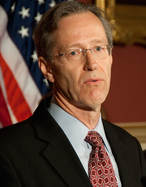 Terry Gardiner is the founder of the Best Practices Wiki, a free public repository of best practices for small businesses and nonprofits. He has four decades of hands-on leadership, management and organizational growth experience in business, government and nonprofits. He is the author of Six-Word Lessons to Build Effective Leaders. 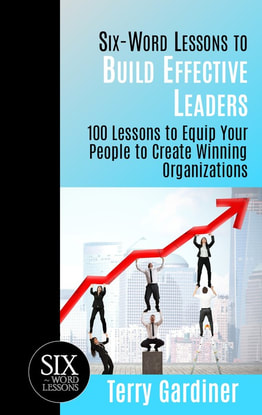 One weakness of a first-time startup by an untested entrepreneur is, “you picked you”. Normally for any executive or CEO selection and hiring there is a process whereby a job description is written, “What do we need in experience, skills and strengths?” A search and multiple interviews of multiple candidates is conducted. Candidates are evaluated against the criteria and the best candidate is chosen. None of this happens when you start your first company. So, there is a bit of luck involved as to whether you have the mix of talents, experiences and qualities to be a successful CEO in a competitive world as well as navigate a startup. A startup CEO requires extra skills that a CEO of an ongoing, established and successful firm does not require. Focus on steps that can quickly and consistently let you learn on the job and become a successful CEO which will in turn help your startup succeed. What can you do to compensate for this problem?
For more on CEOs and Startups checkout the Best Practices Wiki:
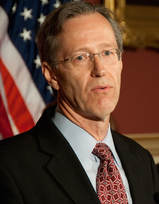 Terry Gardiner is the founder of the Best Practices Wiki, a free public repository of best practices for small businesses and nonprofits. He has four decades of hands-on leadership, management and organizational growth experience in business, government and nonprofits. He is the author of Six-Word Lessons to Build Effective Leaders. 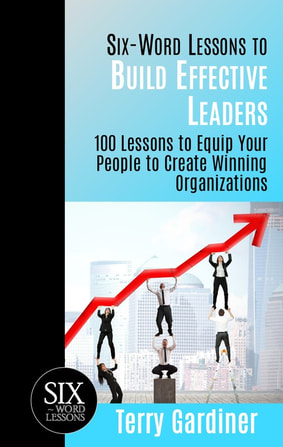 The best definition of the role of CEO was written in 1966 by the legendary management guru Peter Drucker in his book The Effective Executive. I used this book to guide my own tenure as a CEO for more than two decades and handed this book out to my management team, many of whom have gone on to be successful CEO’s. My Leadership Journey In my 20’s I was burning the candle at both ends— running a business, an Alaskan government leader and trying to change the world. A mentor gave me Drucker’s book. The message to focus on be effectiveness not on being more efficient resonated with me as I had concluded there were not enough hours in the day and I could see burnout in the morning mirror. Over the decades I kept coming back to the the lessons Drucker had enumerated from his study of Executives. The Most Effective Habits of Executives “The Effective Executive” focuses on managing oneself for effectiveness. Getting “the right things done..” is the mission of the executive. Drucker observed and studied executives in action and enumerated the most effective shared habits:
The overworked and frustrated executive will find direction and solutions in the 174 pages of "The Effective Executive: The Definitive Guide to Getting the Right Things Done", Peter F. Drucker, 1966. 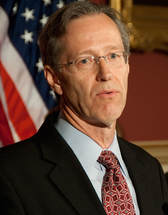 Terry Gardiner is the founder of the Best Practices Wiki, a free public repository of best practices for small businesses and nonprofits. He has four decades of hands-on leadership, management and organizational growth experience in business, government and nonprofits. He is the author of Six-Word Lessons to Build Effective Leaders. |
See the Authors!
All
|

 RSS Feed
RSS Feed